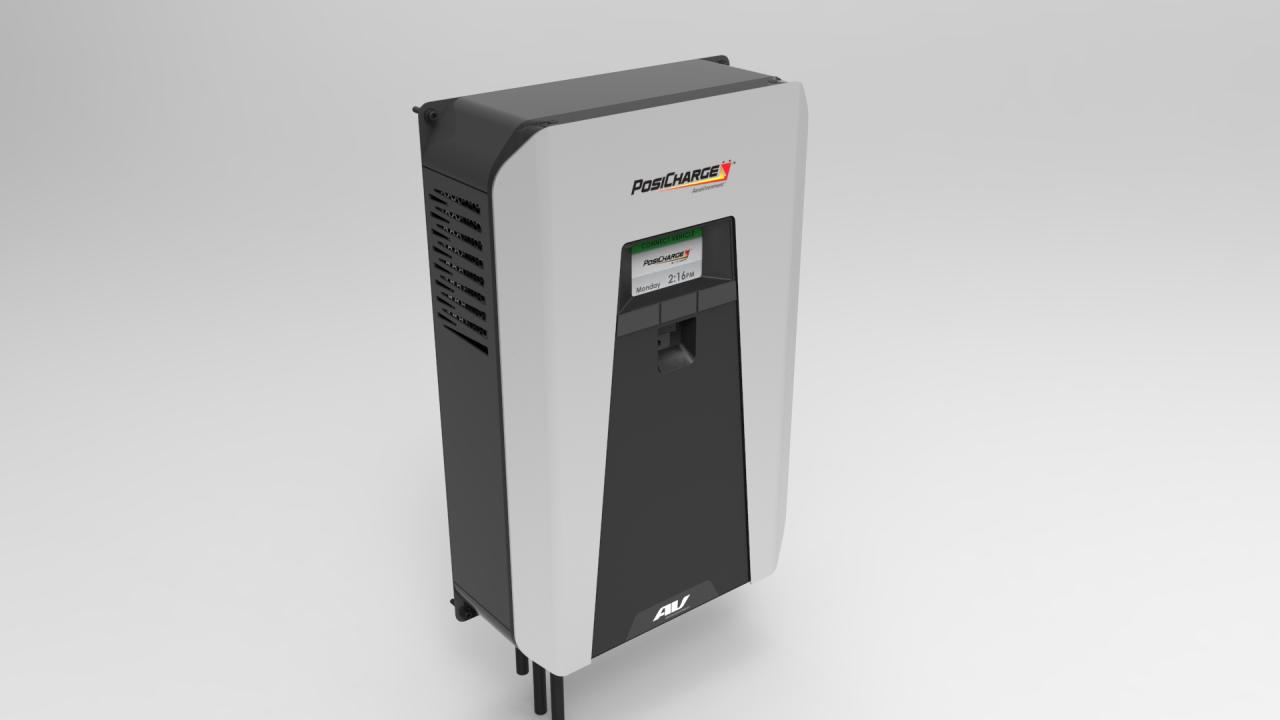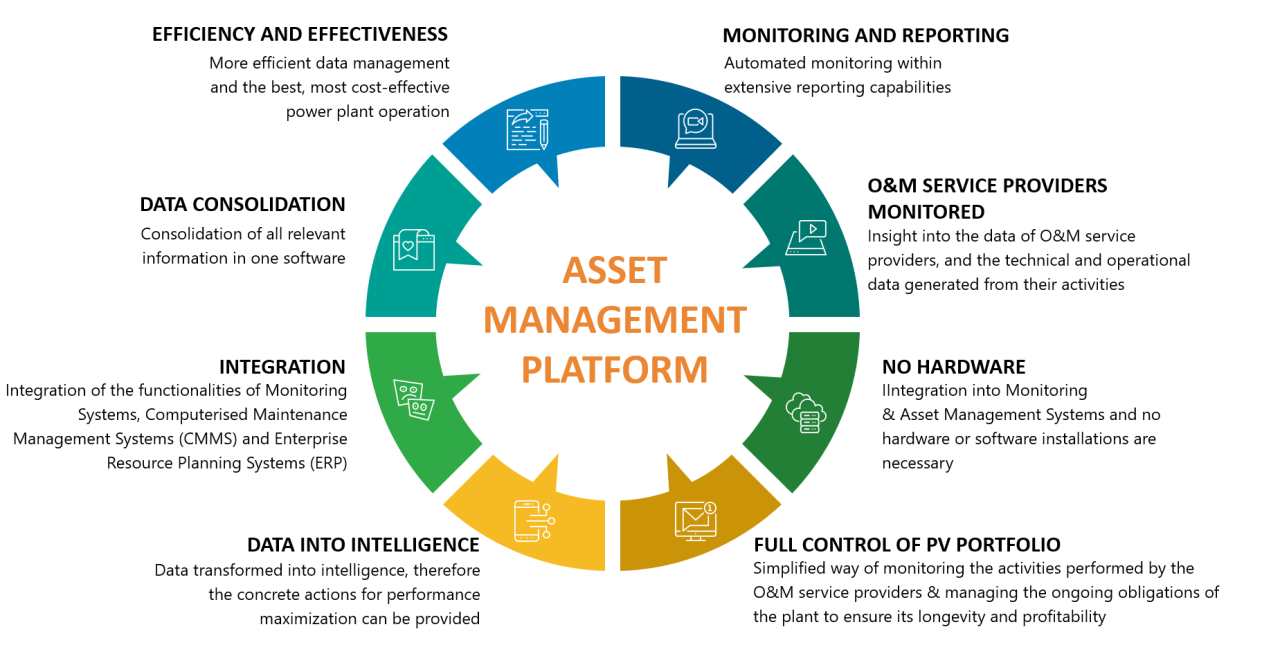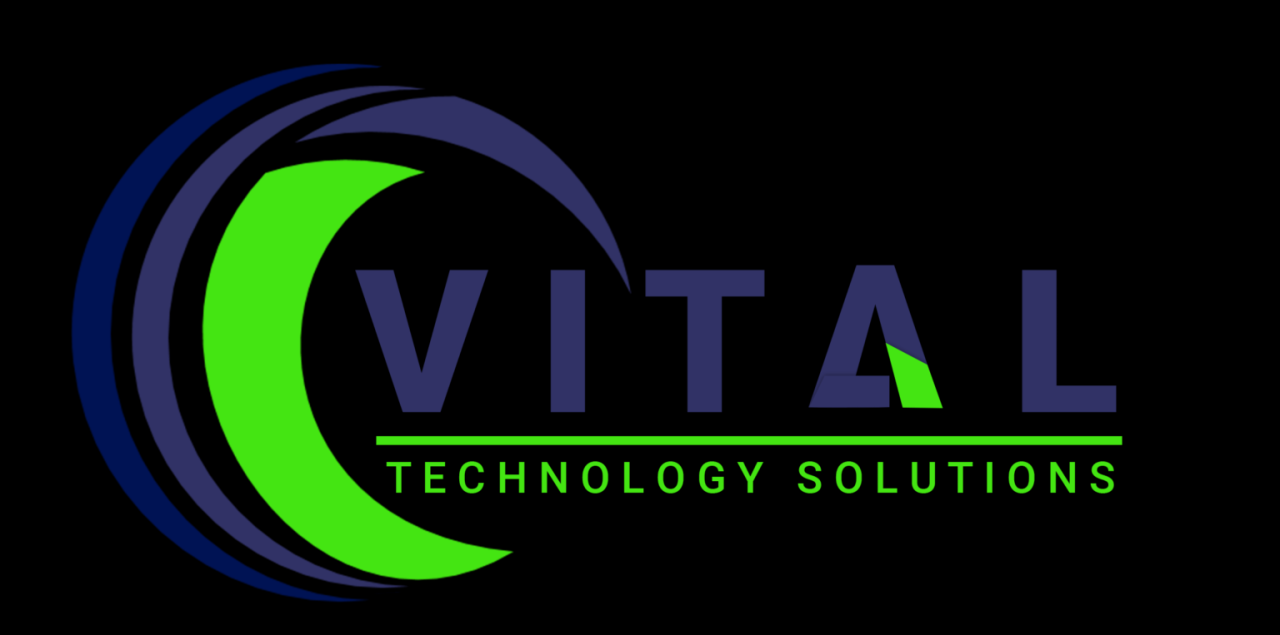Future EV Charging Technology: Powering the Electric Revolution
Future EV charging technology is at the heart of the electric vehicle revolution, promising to transform the way we power our cars and reshape the energy landscape. From wireless charging […]
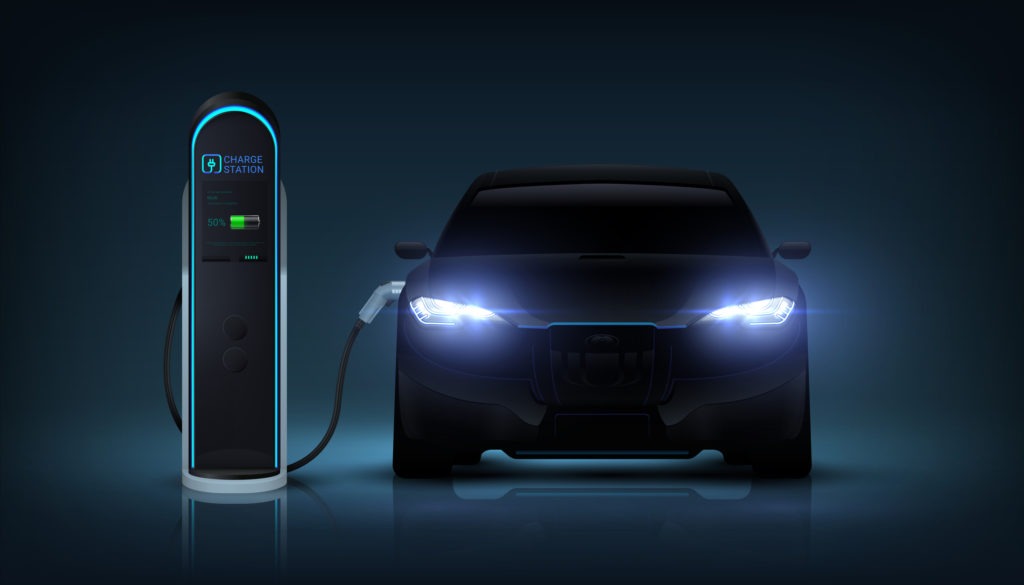
Future EV charging technology is at the heart of the electric vehicle revolution, promising to transform the way we power our cars and reshape the energy landscape. From wireless charging pads to lightning-fast charging stations, innovations are rapidly advancing, addressing the current limitations of EV charging infrastructure and paving the way for a cleaner, more sustainable future.
This article delves into the exciting world of EV charging, exploring the latest trends, the integration of smart charging systems, and the profound impact it will have on the energy industry. We’ll examine the potential of advanced battery chemistries, the role of artificial intelligence in optimizing charging efficiency, and envision the ideal future EV charging experience.
The Evolution of EV Charging Technology
The journey of electric vehicle (EV) charging technology has been marked by significant advancements, driven by the growing demand for sustainable transportation. From the early days of rudimentary charging methods to the sophisticated systems of today, the evolution of EV charging technology has been a fascinating journey, overcoming numerous challenges and shaping the future of mobility.
Early Stages of EV Charging
Early electric vehicles, primarily in the late 19th and early 20th centuries, relied on simple charging methods. The first electric vehicles were equipped with lead-acid batteries, which required direct current (DC) charging. The charging process was typically slow, often taking several hours to fully charge the battery. The limited range of early EVs and the slow charging times posed significant challenges, contributing to their eventual decline in popularity.
The Rise of AC Charging
The introduction of alternating current (AC) charging revolutionized EV charging technology. AC charging is more efficient and safer than DC charging and is compatible with a wider range of vehicles. AC charging stations are now commonplace, offering various charging levels, including Level 1 (120V), Level 2 (240V), and Level 3 (DC fast charging).
The Emergence of DC Fast Charging
The demand for faster charging times, particularly for long-distance travel, led to the development of DC fast charging technology. DC fast charging delivers high-voltage direct current to the battery, significantly reducing charging times. DC fast charging stations are typically found at highway rest stops, shopping malls, and other public locations, offering convenient and rapid charging for EV drivers.
Key Advancements in EV Charging Technology
Charging Standards
The standardization of charging protocols has been crucial for the widespread adoption of EV charging. Common charging standards, such as CHAdeMO, CCS Combo 1, and CCS Combo 2, ensure compatibility between different vehicles and charging stations.
Smart Charging Technologies
Smart charging technologies leverage communication and data exchange between vehicles, charging stations, and the grid. This allows for optimized charging schedules, load management, and integration with renewable energy sources.
Wireless Charging
Wireless charging technology offers a convenient and futuristic approach to EV charging. Wireless charging pads embedded in the ground or parking spaces can wirelessly transfer power to the vehicle’s battery, eliminating the need for physical connections.
Challenges and Limitations of Current EV Charging Infrastructure
Limited Availability
Despite advancements in EV charging technology, the availability of charging infrastructure remains a significant challenge, particularly in rural areas and developing countries.
Charging Time
While DC fast charging has significantly reduced charging times, it still takes longer to charge an EV than to fill a gas tank. This can be a barrier for long-distance travel and may require strategic planning.
Cost
The cost of installing and maintaining EV charging infrastructure can be substantial, particularly for public charging stations. This can make it challenging for businesses and municipalities to invest in EV charging infrastructure.
Timeline of Major Innovations in EV Charging Technology
- 1884: The first electric car, invented by German engineer Karl Benz, is introduced, but charging technology is rudimentary.
- 1900s: Lead-acid batteries are the primary power source for EVs, requiring direct current (DC) charging.
- 1930s: The development of alternating current (AC) charging revolutionizes EV charging technology, making it more efficient and safer.
- 1990s: The introduction of lithium-ion batteries in EVs leads to increased range and faster charging times.
- 2000s: The emergence of DC fast charging technology significantly reduces charging times for EVs.
- 2010s: The standardization of charging protocols, such as CHAdeMO and CCS Combo, promotes interoperability between vehicles and charging stations.
- 2020s: Smart charging technologies, wireless charging, and the integration of renewable energy sources are driving the future of EV charging.
Emerging Trends in EV Charging

The landscape of EV charging is rapidly evolving, driven by the increasing adoption of electric vehicles and the pursuit of faster, more convenient, and sustainable charging solutions. Emerging trends are shaping the future of EV charging, with advancements in wireless charging, fast charging, and bidirectional charging leading the way.
Wireless Charging
Wireless charging offers a convenient and seamless charging experience for EV owners. It eliminates the need for physical connections, allowing drivers to simply park their vehicles over a charging pad and have their batteries wirelessly replenished.
Benefits of Wireless Charging
- Convenience: Wireless charging eliminates the need for plugging in, making the charging process effortless and user-friendly.
- Safety: Wireless charging systems are designed with safety features to prevent electrical hazards and ensure secure charging.
- Aesthetics: Wireless charging pads can be integrated into parking spaces, sidewalks, or even roads, offering a more aesthetically pleasing charging experience.
Challenges of Wireless Charging
- Efficiency: Wireless charging systems currently have lower energy efficiency compared to wired charging, resulting in slower charging times.
- Cost: Wireless charging infrastructure is more expensive to install and maintain than traditional wired charging stations.
- Range: Wireless charging systems have a limited range, requiring vehicles to be positioned directly over the charging pad for optimal charging.
Fast Charging
Fast charging technologies aim to significantly reduce the time it takes to charge an EV battery, addressing one of the primary concerns of EV owners. These technologies utilize high-power charging stations to deliver a substantial amount of energy in a short period.
Benefits of Fast Charging
- Reduced Charging Time: Fast charging can significantly reduce charging times, making it more convenient for long-distance travel and daily commutes.
- Increased Range: Fast charging allows drivers to quickly replenish their batteries, extending their driving range and reducing range anxiety.
- Improved User Experience: Fast charging makes the charging process more efficient, minimizing the time spent waiting for a full charge.
Challenges of Fast Charging
- Battery Degradation: Frequent fast charging can accelerate battery degradation, reducing the overall lifespan of the battery.
- Infrastructure Costs: Fast charging stations require significant infrastructure investments, including high-voltage power lines and specialized equipment.
- Heat Management: Fast charging generates significant heat, requiring advanced thermal management systems to prevent battery damage.
Bidirectional Charging
Bidirectional charging allows EVs to not only charge from the grid but also to discharge energy back into the grid. This technology enables EVs to function as mobile energy storage units, supporting grid stability and reducing reliance on fossil fuels.
Benefits of Bidirectional Charging
- Grid Stability: EVs can provide ancillary services to the grid, such as voltage support and frequency regulation, enhancing grid stability.
- Peak Shaving: EVs can discharge energy during peak demand hours, reducing the strain on the grid and lowering energy costs.
- Vehicle-to-Grid (V2G) Applications: Bidirectional charging enables EVs to power homes, businesses, and other devices, creating a more resilient and sustainable energy system.
Challenges of Bidirectional Charging
- Battery Life: Frequent discharging can impact battery life, reducing the overall lifespan of the battery.
- Infrastructure Requirements: Bidirectional charging requires specialized infrastructure, including smart meters and communication networks.
- Safety and Standardization: Ensuring the safety and standardization of bidirectional charging protocols is crucial for widespread adoption.
Hypothetical EV Charging System
A hypothetical EV charging system incorporating multiple emerging technologies could offer a seamless and sustainable charging experience. This system would combine wireless charging for convenience, fast charging for rapid energy replenishment, and bidirectional charging for grid support and V2G applications.
For example, imagine a public parking garage equipped with wireless charging pads in designated parking spaces. These pads would provide a convenient charging option for everyday use, while fast charging stations would be available for drivers needing a quick top-up. The charging system would also integrate bidirectional charging capabilities, allowing EVs to contribute to grid stability and potentially provide energy back to the grid during peak demand hours.
This hypothetical system highlights the potential of combining emerging technologies to create a more efficient, sustainable, and user-friendly EV charging ecosystem.
Smart Charging and Grid Integration
Smart charging is an innovative approach to EV charging that optimizes charging times and energy usage, contributing to a more efficient and sustainable energy grid. It involves intelligent communication between charging stations, EVs, and the power grid, allowing for dynamic adjustments to charging schedules and power consumption.
Smart Charging Features and Functionalities
Smart charging systems offer a range of features and functionalities to optimize charging processes and integrate with the power grid effectively. These systems utilize advanced technologies such as communication protocols, sensors, and algorithms to manage charging operations efficiently.
| Feature | Functionality |
|---|---|
| Dynamic Charging | Adjusts charging times and power levels based on electricity prices, grid load, and EV owner preferences. |
| Vehicle-to-Grid (V2G) | Enables EVs to act as energy storage devices, providing power back to the grid during peak demand or grid emergencies. |
| Load Management | Distributes charging load across multiple EVs to avoid overloading the grid or exceeding local capacity limits. |
| Demand Response | Allows charging stations to participate in demand response programs, reducing peak demand and improving grid stability. |
| Remote Monitoring and Control | Enables remote monitoring of charging status, energy consumption, and other parameters, facilitating efficient management and troubleshooting. |
Integration of EV Charging Infrastructure with the Power Grid
Integrating EV charging infrastructure with the power grid is crucial for ensuring the smooth and efficient operation of both systems. Smart charging technologies play a vital role in facilitating this integration by enabling two-way communication and control between charging stations and the grid. This integration enhances grid stability, reduces peak demand, and promotes the adoption of renewable energy sources.
“Smart charging systems can optimize the use of renewable energy sources by shifting charging times to periods when solar and wind power generation is abundant, reducing reliance on fossil fuels.”
For instance, in California, the “Electric Vehicle Smart Charging Pilot Program” demonstrates the effectiveness of integrating EV charging with the grid. This program encourages EV owners to participate in demand response programs, allowing the grid to manage peak demand and reduce reliance on fossil fuels. By leveraging smart charging technologies, the program has successfully reduced peak demand and contributed to a more sustainable energy grid.
Impact of EV Charging on the Energy Industry
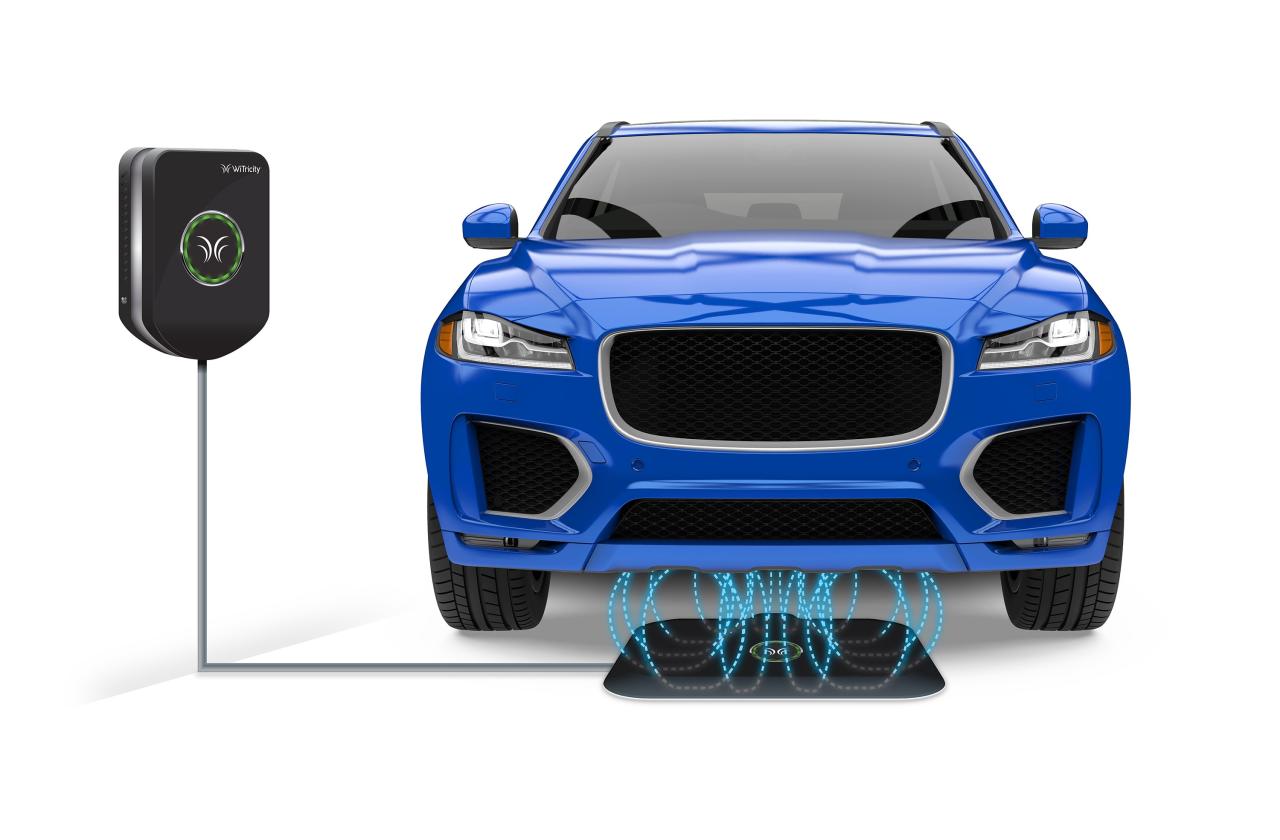
The widespread adoption of electric vehicles (EVs) is poised to significantly impact the energy industry, demanding substantial adjustments to energy generation, distribution, and consumption patterns. This shift presents both challenges and opportunities for the industry, necessitating strategic adaptations to accommodate the growing demand for electricity from EVs.
Impact on Energy Demand
The increased demand for electricity to power EVs will significantly impact the energy industry. The charging of EVs will require a considerable amount of additional electricity, potentially putting strain on existing energy grids, especially during peak hours. However, this increased demand can also create opportunities for the energy industry to invest in renewable energy sources and enhance grid infrastructure to meet the growing needs of EV charging.
Challenges and Opportunities for Energy Generation, Future ev charging technology
The surge in EV adoption presents both challenges and opportunities for energy generation.
Challenges
- Increased Strain on Existing Grid Infrastructure: The substantial increase in electricity demand from EV charging could strain existing grid infrastructure, potentially leading to power outages or voltage fluctuations, particularly during peak hours.
- Intermittency of Renewable Energy Sources: The reliance on renewable energy sources, such as solar and wind, to power EV charging can be challenging due to their intermittent nature. The availability of these energy sources fluctuates depending on weather conditions, requiring sophisticated energy storage solutions and grid management systems to ensure consistent energy supply.
Opportunities
- Investment in Renewable Energy Sources: The increased demand for electricity from EVs creates a compelling opportunity for the energy industry to invest in renewable energy sources, such as solar, wind, and hydro, to meet the growing energy demand. This investment can help reduce reliance on fossil fuels and promote a cleaner energy future.
- Development of Energy Storage Solutions: The intermittency of renewable energy sources necessitates the development of advanced energy storage solutions, such as battery storage systems, to ensure a consistent supply of electricity for EV charging. These storage systems can also help manage peak demand and stabilize the grid.
Development of Renewable Energy Sources to Support EV Charging
The development of renewable energy sources is crucial for supporting the widespread adoption of EVs.
Key Strategies
- Solar Energy: Solar energy is a promising renewable source for powering EV charging stations. Installing solar panels at charging stations can reduce reliance on the grid and provide a sustainable source of electricity.
- Wind Energy: Wind energy can also play a significant role in powering EV charging infrastructure. Wind farms can be strategically located near major highways and urban centers to provide a reliable source of renewable energy.
- Hydropower: Hydropower is a mature renewable energy source that can be used to power EV charging stations. Hydroelectric dams can provide a consistent and reliable source of electricity, particularly in regions with abundant water resources.
Future Innovations in EV Charging
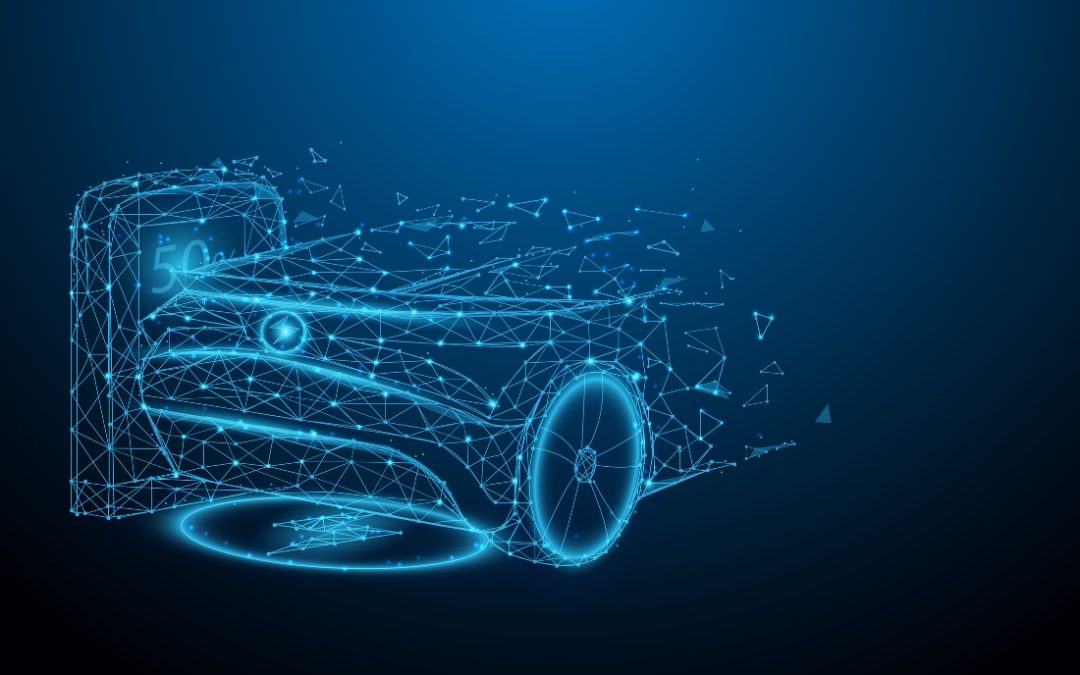
The evolution of EV charging technology has been rapid, but the future holds even more exciting possibilities. Innovations in battery chemistry, charging speeds, and smart charging technologies are poised to revolutionize the EV charging landscape.
Advanced Battery Chemistries and Charging Speeds
The development of advanced battery chemistries is crucial for enhancing EV range and reducing charging times. Current research focuses on solid-state batteries, which offer higher energy density, faster charging rates, and improved safety compared to traditional lithium-ion batteries.
- Solid-state batteries use a solid electrolyte instead of a liquid electrolyte, eliminating the risk of leaks and fires. This allows for faster charging rates, potentially reducing charging times to as little as 10 minutes for a full charge.
- The increased energy density of solid-state batteries can significantly extend EV range, enabling drivers to travel longer distances without needing to recharge.
- Researchers are also exploring other promising battery technologies, such as lithium-sulfur batteries and lithium-air batteries, which have the potential to further increase energy density and charging speeds.
Role of Artificial Intelligence and Machine Learning
Artificial intelligence (AI) and machine learning (ML) are playing an increasingly important role in optimizing charging efficiency. These technologies can analyze data from various sources, including charging station usage, grid conditions, and driver behavior, to predict charging needs and optimize charging schedules.
- AI-powered algorithms can anticipate charging demand and allocate resources efficiently, ensuring that charging stations are available when and where they are needed.
- ML models can learn from historical charging data to predict charging patterns and optimize charging schedules for individual drivers, ensuring that vehicles are charged at the most convenient and cost-effective times.
- AI can also help manage the flow of energy between EVs and the grid, contributing to a more stable and efficient energy system.
Ideal Future EV Charging Experience
Imagine a future where EV charging is seamless and convenient, integrated into everyday life. This ideal charging experience would involve:
- Fast and Convenient Charging: Charging times would be drastically reduced, with most vehicles able to fully charge in under 10 minutes. Charging stations would be readily available in public and private spaces, with a wide range of charging options to suit different needs.
- Smart and Automated Charging: Charging would be automated and integrated into the vehicle’s navigation system, automatically finding and connecting to the nearest available charging station. Charging schedules would be optimized based on driver preferences, energy costs, and grid conditions.
- Seamless Payment and Billing: Charging would be integrated into existing payment systems, with automated billing and seamless payment processing. Drivers would have access to real-time charging status updates and detailed billing information.
- Grid Integration and Energy Management: EVs would be seamlessly integrated into the energy grid, serving as mobile energy storage units. They could be used to provide energy back to the grid during peak demand periods, contributing to a more resilient and sustainable energy system.
Last Word: Future Ev Charging Technology
As EV adoption accelerates, the future of EV charging is brimming with possibilities. By embracing smart charging, integrating with the grid, and fostering innovation in battery technology, we can unlock a future where electric vehicles are not only convenient but also contribute to a cleaner, more sustainable energy ecosystem. The journey towards a truly electric future is underway, and the future of EV charging technology is poised to play a pivotal role in shaping this exciting new era.
The future of EV charging technology is exciting, with advancements in speed and efficiency constantly emerging. One area where innovation is crucial is in protecting charging stations from the elements, especially in harsh climates. Resistall Extreme with ceramic technology offers a durable solution, providing long-lasting protection against wear and tear, ensuring reliable charging infrastructure for years to come.
This focus on durability aligns perfectly with the need for robust and dependable charging stations as the EV market continues to grow.
